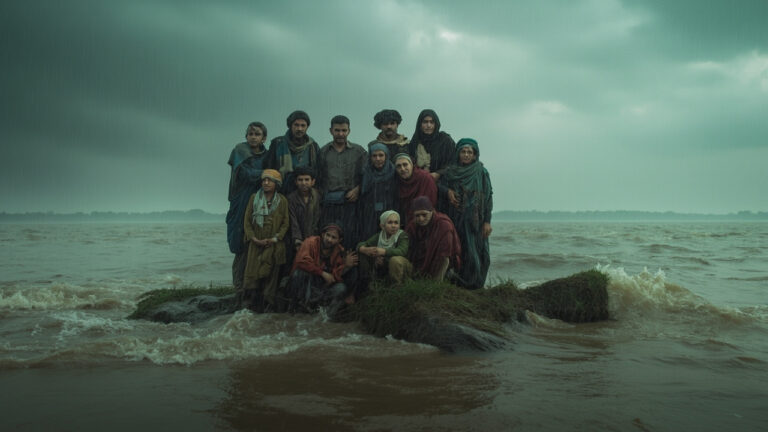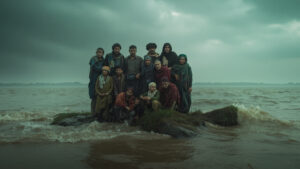Karachi, Pakistan’s largest metropolis and economic engine, is no stranger to water scarcity. With over 20 million residents, the city faces daily struggles to meet its water needs. As traditional sources like the Indus River and Hub Dam fall short, desalination—turning seawater into drinkable water—offers a promising yet underexplored solution.
🚱 Karachi’s Water Problem: A Quick Look
According to local utilities, Karachi requires approximately 1.2 billion gallons per day (BGD) of water, but it receives barely 500–600 million gallons per day—leaving a massive shortfall.
Major causes include:
- Aging infrastructure and leakage losses (30–40%)
- Illegal hydrants and water theft
- Overpopulation and unplanned urbanization
- Low rainfall and overreliance on upstream sources
Despite repeated warnings from environmental experts and government planners, no permanent solution has been implemented at scale.
💡 Is Desalination the Answer?
With thousands of kilometers of coastline, Karachi is geographically ideal for desalination projects. Desalination technology—already proven successful in countries like Saudi Arabia, Israel, and the UAE—could help Karachi tap into the vast potential of the Arabian Sea.
🔍 What is Desalination?
Desalination involves removing salt and other minerals from seawater, making it safe for human consumption. The two main methods are:
- Reverse Osmosis (RO) – Water is pushed through special membranes to remove salts.
- Thermal Distillation – Seawater is boiled, and the vapor is condensed into freshwater.
📉 Karachi’s Desalination Journey So Far
While the potential is huge, actual efforts have been minimal and fragmented.
Some Notable Initiatives:
- KPT Desalination Plant (2008)
Capacity: 2 million gallons/day (MGD)
Status: Often non-functional due to maintenance issues
Source - DHA Karachi Desalination Attempt
Launched small plants for local use but failed to expand due to operational issues. - Private Ventures (e.g., Bahria Town)
Use private desalination for gated communities—but not scalable city-wide. - Pakistan Navy & Coastal Bases
Operates its own systems for defense needs.
🧩 What’s Missing?
While Karachi has access to seawater, large-scale desalination needs:
| Requirement | Details |
|---|---|
| Power Supply | Plants need continuous electricity; renewable energy like solar/wind can help. |
| Investment | Large-scale plants can cost billions of rupees; need public-private partnerships. |
| Environmental Management | Brine waste (salty byproduct) must be safely disposed to avoid harming marine life. |
| Policy and Regulation | Clear licensing, pricing, and quality control are still lacking. |
🌍 Global Examples Karachi Can Learn From
- Saudi Arabia: Gets over 70% of its drinking water from desalination (Source).
- Israel: Has 5 major RO plants, providing 50–60% of domestic water (Source).
- Singapore: Uses NEWater (recycled + desalinated) for over 40% of its needs (Source).
📈 The Way Forward for Karachi
| Project Size | Cost Estimate | Output | Potential Impact |
|---|---|---|---|
| Small (5 MGD) | PKR 6–8 billion | 1 million people | Pilot, local success |
| Medium (25 MGD) | PKR 30–35 billion | 4–5 million people | Useful for entire districts |
| Large (100 MGD) | PKR 150+ billion | 10M+ people | Game-changer for entire city |
🚀 Potential Steps:
- Sindh Government must incentivize desalination investments.
- International aid from China, Gulf states, or World Bank.
- Use solar energy to reduce operating cost.
- Launch pilot projects in coastal towns (e.g., Rehri Goth, Kemari).
- Public awareness about water conservation and recycling.
✅ Conclusion
Desalination isn’t a silver bullet—but it’s one of Karachi’s most realistic and scalable options for long-term water security. As climate change worsens and freshwater supplies shrink, turning seawater into drinking water is no longer a luxury—it’s a necessity.
Without immediate investment and forward-thinking leadership, Karachi risks joining the list of global megacities facing water catastrophe.












